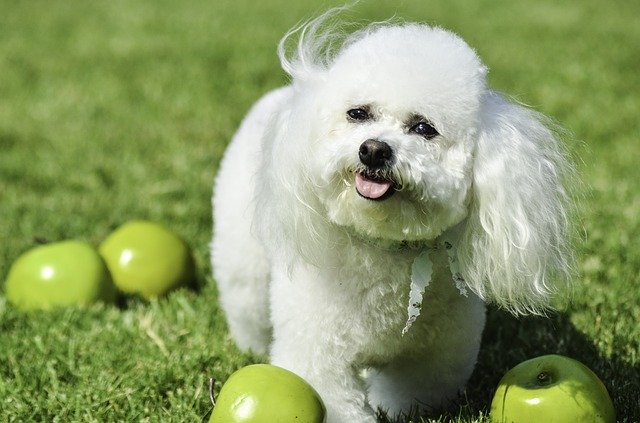Are Small Dog Breeds Need Different Food? Food intended for small breeds of dogs is energetically “stronger” and contains a slightly higher percentage of fat than food intended for larger dogs. Everyone knows that dogs are very different when it comes to weight and size.
You may not know it, but the dog is the species with the largest variations in weight and size in the world. You do not have to be an expert in all possible breeds to know that the weight of dogs can vary from less than one kilogram to more than 100 kilograms.
Such differences in nature still exist only in monkeys, but these are actually different species of monkeys, while here we are talking about variations within one and the same species.
Dwarves and giants
On the one hand, dwarf breeds of dogs are like the Chihuahua, while on the other hand, giant dogs are like the Bernardine, Sharplanin or Caucasian Shepherd. Given these drastic differences, in the world’s leading centers for the study of nutrition and care of pets such as the Watham Center, numerous studies have been conducted to establish and prove the different dietary needs of different weight categories of dogs.
One of the most noticeable differences relates to the granule size of dry ready-to-eat dog food, which has been adapted to suit the unique adaptation to the anatomy of the skull and jaw of different breeds. But the fact is that this is not the only difference, but the food for different weight categories is adapted to the different physiology of dogs.
Lifespan
Dogs of small breeds have a longer lifespan, mature earlier, reach their target weight and maturity faster, and later grow old, ie move into the category of mature senior dogs.
Such dogs should be fed with food for juniors until the age of eight or nine months, when it is possible to gradually switch to food for adult small dogs of small breeds, ie. Adult Small dog. Such food is intended for dogs up to ten kilograms of body weight.
More energy
Small breeds need relatively more energy per kilogram of body weight than large breeds, because they have a higher body surface area to body weight ratio than large breeds of dogs, and are therefore more exposed to external influences such as temperature.
That is why food intended for small breeds of dogs is energetically “stronger” and contains a slightly higher percentage of fat than food intended for larger dogs. Feeding instructions for products for small breeds of dogs take into account exactly these needs. Due to the longer life expectancy, small breeds of dogs should stay on adult dog food longer, and they can switch to senior food at the age of ten.
Health
When we talk about functional complete ready-made food for small breeds of dogs, it is necessary to point out that such food also contains other formulas for supporting certain organic systems in dogs. The goal is to help prevent certain pathological changes that small breeds of dogs are thought to have predispositions to.
Research shows that small dogs are more prone to diseases of the lower parts of the urinary tract or urinary system. They are less wet, have a higher urine pH, have a lower urine volume and have a higher concentration of calcium in the urine. Therefore, the diet of small breeds of dogs should encourage increased water turnover and have reduced levels of certain minerals, such as magnesium and calcium.
Also, these foods contain a special mixture of antioxidants (among them vitamins E, C, and taurine) that help support the functioning of the immune system and help maintain health. The size of the granules for small breeds is adjusted so as to enable them to chew and support oral health both in its composition and in the appropriate texture and firmness of the granules, ie. filling density.
The intestinal health formula that can be found in complete ready-made food for small breeds contains a special mixture of dietary fiber and prebiotics that stimulate the development of “good” bacteria in the intestines, accelerate the passage of contents through the intestines and affect fecal quality. An appropriate ratio of nutrients in the presence of appropriate fatty acids, minerals and vitamins also contributes to preserving the health of the skin and fur, which protects the pet from the harmful effects of the external environment in the best way.
The amount of food
An additional specificity of a small dog in relation to larger dogs is the relatively small amount of food per meal. This gives us an additional choice of whether we want to feed the dogs dry (concentrated) or wet food.
Wet food in bags is in a way a more suitable way of feeding for small breeds of dogs. Meals packed in portions of 100 grams, easy to open and serve, are a great help in feeding small “pickers”. Such meals certainly contain everything they need, in appropriate quantities and proportions, the meals are delicious, nutritious and highly digestible, and the enjoyment of a pet is immeasurable for every owner.
In addition to complete meals of ready-made food, whether dry in briquettes, or wet in bags and cans, additional treats and prizes are available for small dogs.
You can always treat your pet to a snack in the form of a biscuit or a stick and let him know that he did everything right, and how much you love him.





